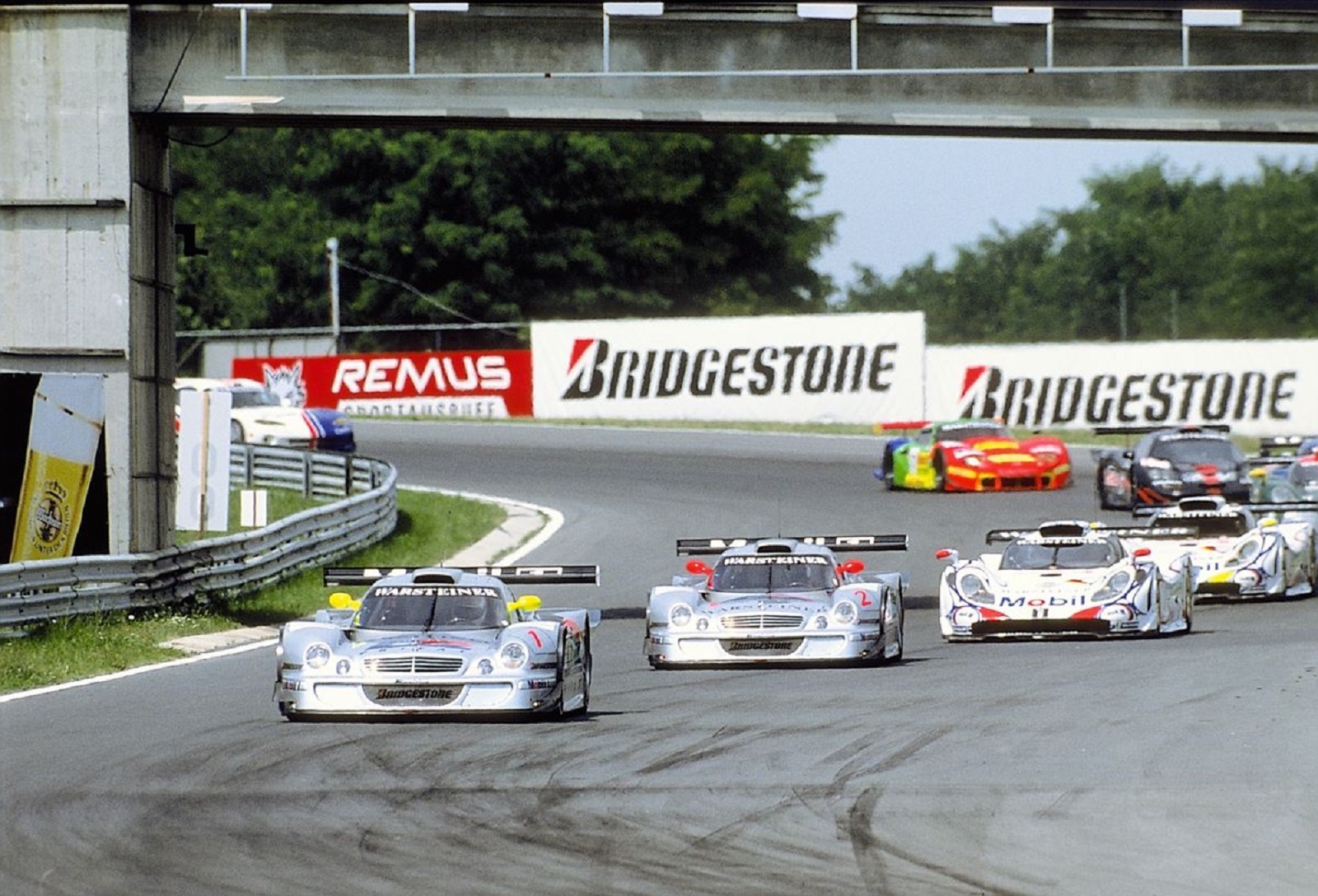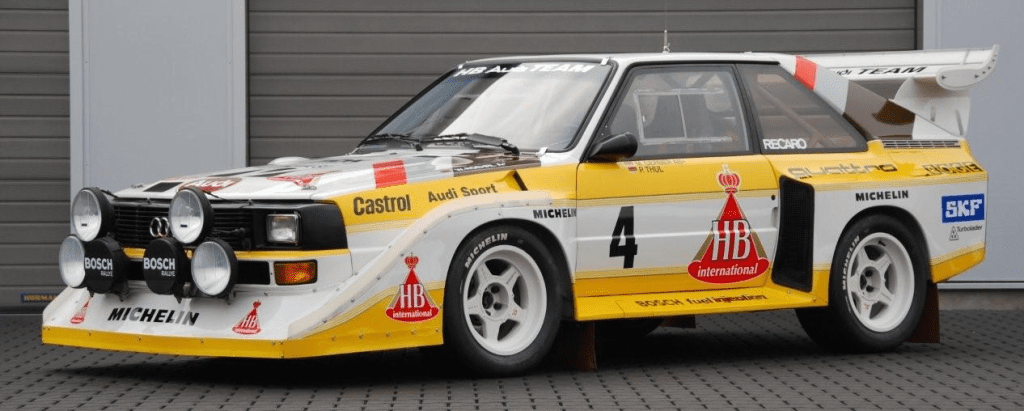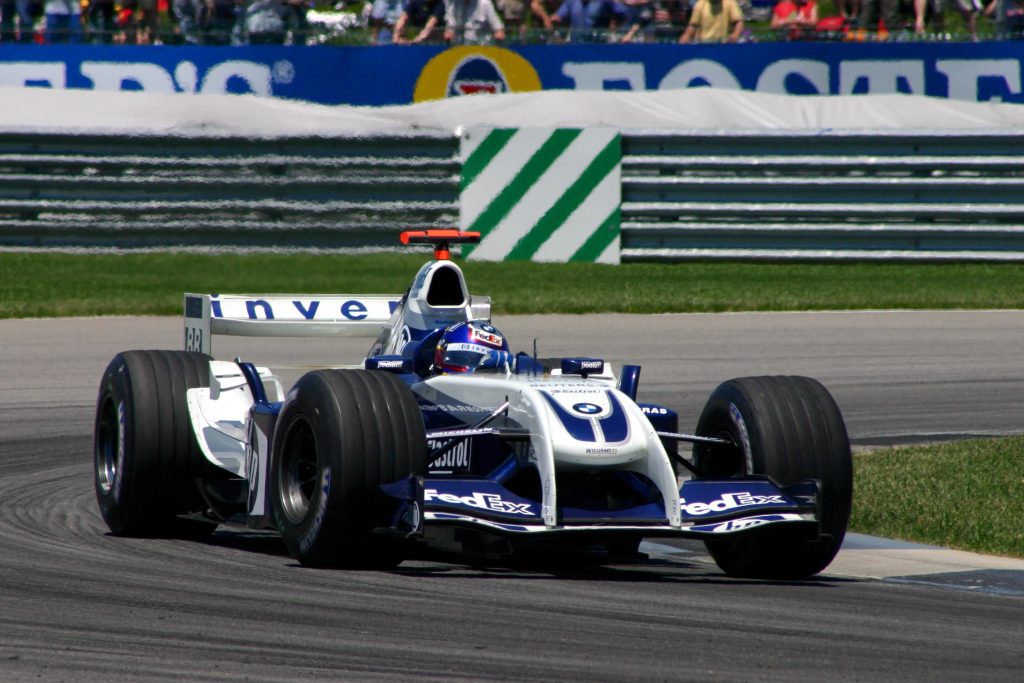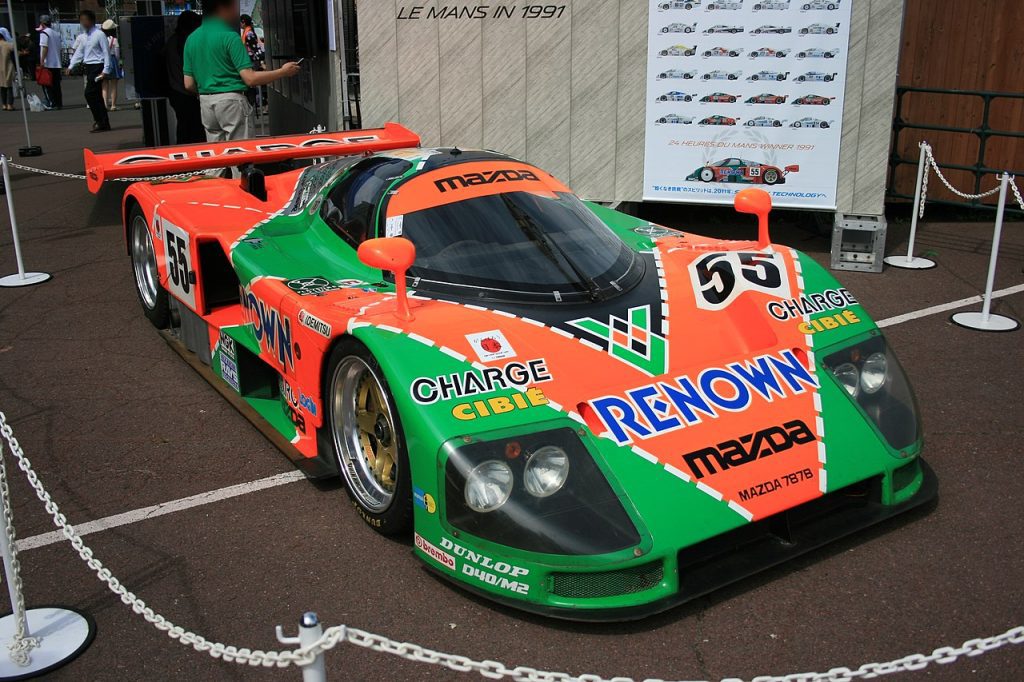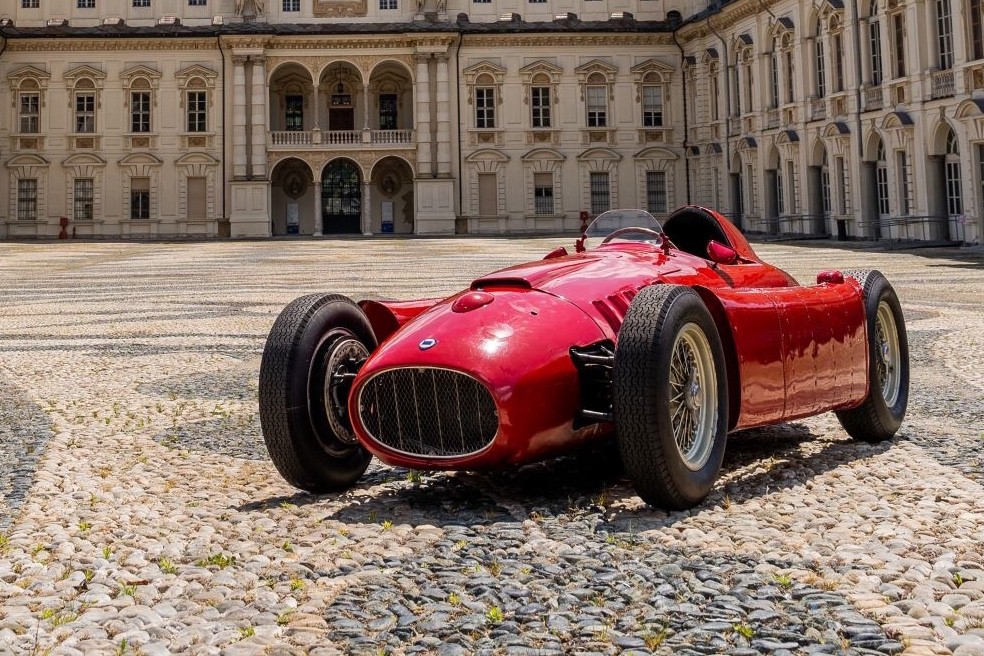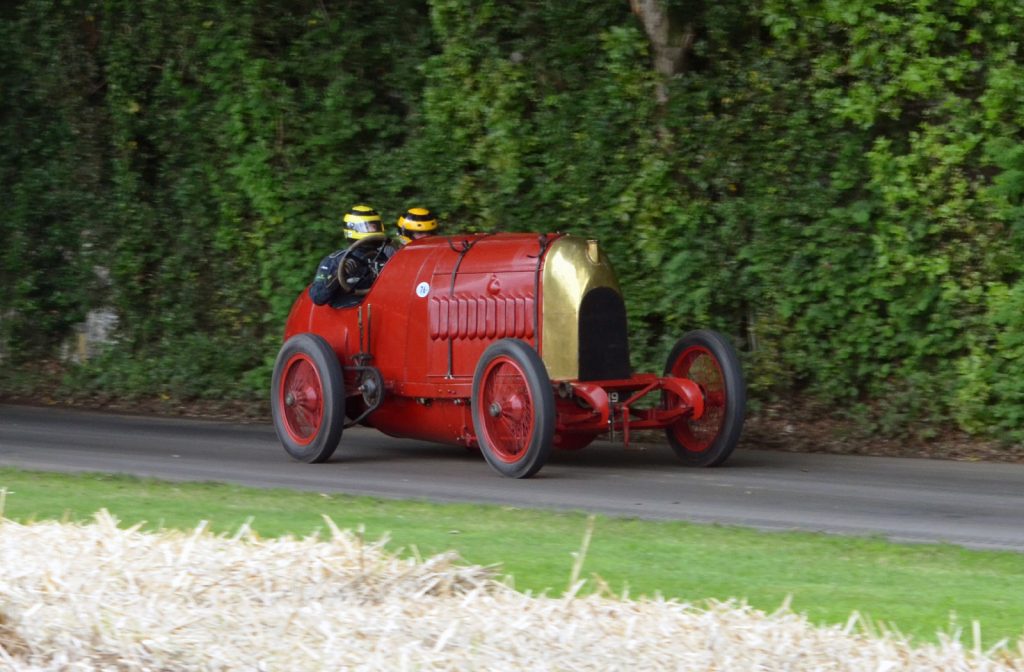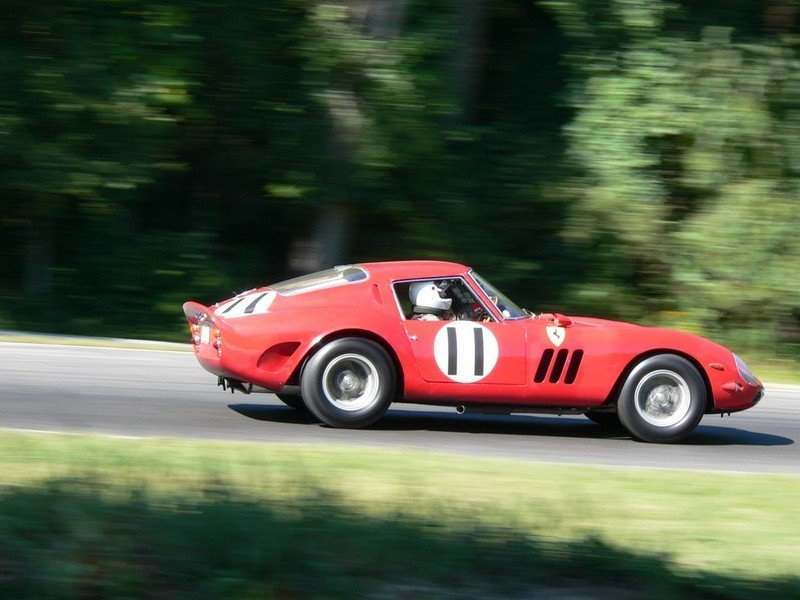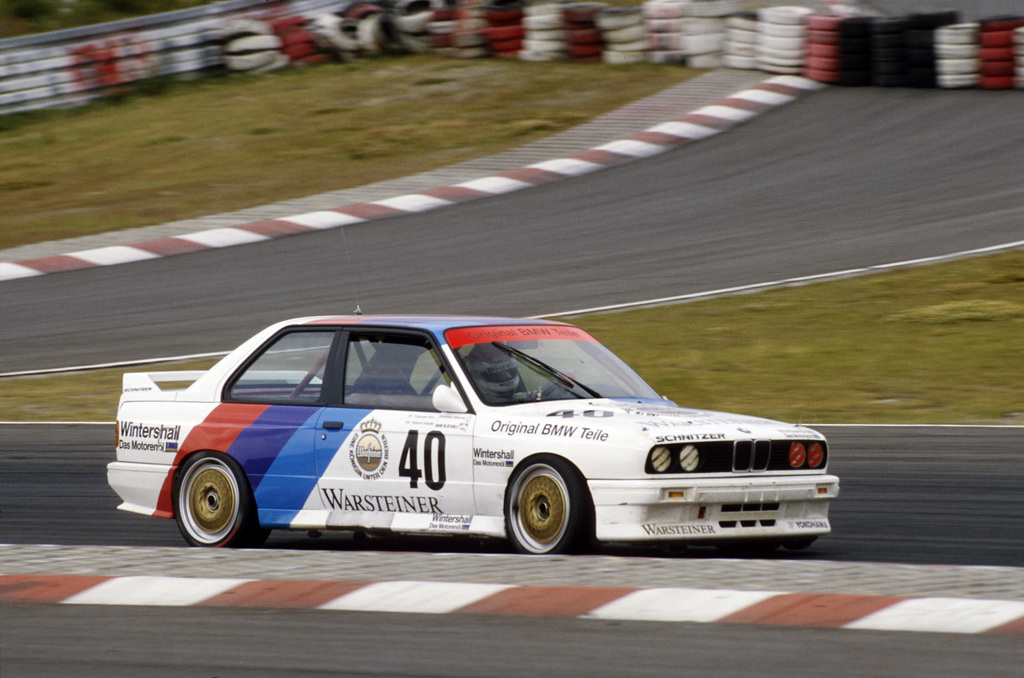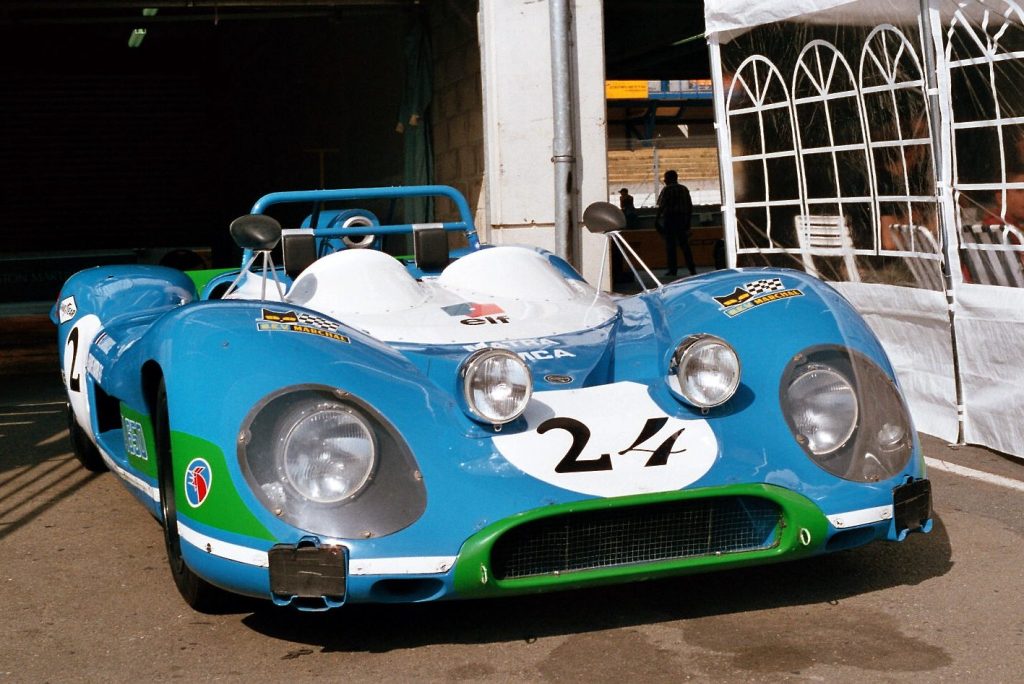Before anything else, just from the title alone, we know that there are about as many opinions about which race car sounds the best as there are flavors of pancake syrup. That said, there are quite a few race cars that have an absolutely insane soundtrack that everyone agrees on, and that is what we’re hoping to touch on in today’s article.
We need to give credit where credit is due, and this article was inspired by a video that appeared on the YouTube channel Belgian Motorsport:
To make the list fair and keep it to strictly race cars, and not track day cars (that’s another list entirely), each car must have taken part in at least one major sanctioned event. It doesn’t matter if it’s the Macau Grand Prix, the 24 Hours of Le Mans, or any of the Formula open wheel series, as long as it’s sanctioned and the car raced, it’s valid. We then asked each other the simple question of “What race car sounds the best?” While there were about 30 answers immediately, here are the top 11 we were able to agree on, in no particular order.
2017 Porsche 911 991.2 GT3 RSR
Despite having a hugely long name, with the shortened version being simply the Porsche RSR, this GTE-class car for the World Endurance Championship is a 911 with the engine in the wrong place. Instead of being pushed way out the very rear of the car, the engine was instead moved forward by Porsche, where it sits between the two rear wheels. While technically still carries a rear engine, a lot of comments by the racing media mistakenly called it a mid-engine 911.
What makes this car earn its spot on this list, however, are its very short exhaust pipes that have absolutely no baffles whatsoever. Put simply, this car is loud. Not just loud, loud. It also helps that it revs to damned near 8,000 RPM and howls out that oh-so-Porsche flat-six sound. Just listen to it in the video below, which is a special 20 minute one by 19Bozzy92, a YouTuber that seems to be able to get the best quality audio captures online.
1997 McLaren F1 GTR Long Tail
We all know the McLaren F1. It’s a legendary car, one that redefined the entire supercar industry and, to some, launched the hypercar industry. While never originally intended to go racing, when the company built one with racing equipment as a testbed and took it to the track, they were surprised to find it was very competitive under the ACO and FIA rules at the time for the GT1 class at Le Mans.
This resulted in multiple F1 GTR’s being made, and as aerodynamic data was collected, calculated, and processed, the Long Tail version emerged. The additional rear end overhang smoothed out the airflow that was creating a vortex behind the regular GTR, allowing for the car to reach a higher top speed and be more stable when drafting behind another car. But the biggest thing about the F1 GTR was that it had a BMW 6.2L V12, feeding through what was essentially a straight-piped exhaust. Rumor has it that when it was racing at Le Mans, you could hear it start its run down the Mulsanne from the other end of it, it was so loud. So, headphone/speaker warning, and listen to 12 cylinders roar:
1985 Audi Sport Quattro S1
Just by reading the name of the car, many rally and race car enthusiasts can already hear the inline-five engine with its massive turbo blowback tweeting away as the roar from the exhaust was matched by the length of flames that shot from it on downshifts. In the insane, dangerous days of Group B, the Audi Sport Quattro S1 was legendary, and was one of the winningest cars on the special stages.
That specific tweeting sound when the driver lifted off the throttle was not from a blowoff valve, as they were still very rare in the mid-80s. Instead, when the driver lifted off, all the compressed air that was being shoved into the engine would have nowhere to go except back up the intake to the compressor blades of the turbo. As the blades were spinning at great speed, that compressed air was in effect ripped apart and generated the “pshoo-pshoo-pshoo” sound that the car is so famous for.
Take a listen:
2004 Williams Formula One FW26
The early 2000s were some of the best years for engine sounds from the top tier of motorsports. There was the legendary and nigh unbeatable Ferrari F2004, which itself sounded great with its V10 screaming down the front straight. However, there was one car on the grid that year that sounded even better. Powered by a BMW V10, the Williams FW26 didn’t just scream, it sang.
10 cylinders in just 3L of capacity. Nearly 1,000 HP at an ear piercing 19,000 RPM, with the ability to rev to 21,000 RPM just to have that extra range as a safety buffer. As with F1 cars of that era, it was also naturally aspirated, needed copious amounts of air to run efficiently, and sang out a cry that echoed around the racetracks of the world as Juan-Pablo Montoya chased after Michael Schumacher, one of the great rivalries of the early 2000s.
Let the sound grace your ears from both outside and inside the car around a lap of the Indianapolis Grand Prix circuit:
1991 Mazda 787B
You knew this one had to be on here, it was just a question of when. So here it is, one of the greatest sounding race cars of all time. Powered by a 2.6L quad-rotor Wankel engine that could produce 900 HP but was tuned to 700 HP in racing trim, the Mazda 787B was, until 2018, the only Japanese car to win the 24 Hours Of Le Mans. That fact was celebrated heavily in the marketing for the company, especially as the new FD RX-7 sports car was coming out around the same time.
The 787B was also one of the single loudest cars to ever race on a circuit. It wasn’t just loud for the sake of noise, however, as there was no real exhaust pipe, just a 4-2-1 exhaust header that spat flames out the side of the car. On a quiet, still day, when a 787B is brought out of the Mazda museum and fired up, it is reported that you can hear it from miles away. With the noise it makes in the video below, we believe it!
Because it is such a great sound, here is another video:
1955 Lancia D50 F1
The only season that Lancia spent in the top tier of motorsport was 1955, using the innovative and, to some, revolutionary D50 F1. It was one of the first cars to use the engine as a stressed member of the chassis, as well as the engine being placed right of center so that it could be lower in the chassis. The more worrying innovation was using the pannier fuel cells, one each side of the car. Despite it being very good at weight distribution, it also meant that the fuel tanks would be one of the first bits to go if a crash occurred.
However, with all of that in mind, the D50 was known for one very special thing: The 90 degree, 2.5L DS50 V8 engine. Somehow, the Italians just know how to make a car sound mean. The D50 F1 was a snarling, barking beast, underpinned by the whine of the transmission spinning away to give it an almost animalistic personality.
Listen for yourself:
1911 Fiat S76 28.4L “The Beast Of Turin”
Yes, you read that right. The saying “there’s no replacement for displacement” was almost a philosophy of engine design back in the early 20th century, and you got some seriously massive engines in purpose built race cars. Fiat, wanting to be the fastest and most powerful at the time and to unseat the Blitzen Benz with its 21.5L inline-four, therefore made the biggest engine ever fitted to a car, the 28.4L S.76.
I produced nearly 300 HP, a huge number for the time, and attempted to set a speed record many times on various race circuits with long straights including Brooklands in the UK, and Ostende in Belgium. The S76 was able to reach a maximum speed of 295 KPH (183 MPH), but never set an official record due to being unable to complete two runs in the required time. Only two chassis were built, and after being lost to time for quite a while, one engine was found, with the chassis of the other car found, and after a lot of restoration work, the car one more rumbled to life, spitting huge jets of flame from its nearly headless exhaust ports, and was rolling once more.
1964 Ferrari 250 GTO
Everything about the Ferrari 250 GTO is steeped in legend. One of the most beautiful shapes, the perfection of the berlinetta style. Famous owners that bought it and never took it racing, and other owners who bought it just to go racing. A spartan, sparse interior with only one goal in mind, to keep the driver fully involved in the race. Its wins at the Tour de France l’Automobile in 1953 and 1964 would have some later Ferrari cars carry the moniker “tdf” after their name if they were highly tuned, specialized race cars for the road.
But the beating heart of the 250 GTO, the Tipo 168 V12 pushing out nearly 300 HP, is what was the most impressive of all. In that classically Italian way, the engine was both brutal and smooth, civilized yet would roar a battle cry every time your right foot went closer to the floorboards. It is no wonder that it is one of the most highly sought after collector cars ever, reaching well over $50 million at auction, because it is simply one of the most complete race cars that is also road legal ever made.
1988 BMW E30 M3 DTM
A lot of cars on this list are here because of their exhaust sound, or because of how the engine sounds from the driver’s seat. The BMW E30 M3 DTM is here because of what it sounds like both coming towards you and driving away. The induction sound on these cars is insane, to the point that you can almost hear the individual valves from the intake manifold sucking in all the fresh, cool air.
The reason for this is that the 2.3L naturally aspirated inline-four engine’s intake plenum is shaped in a way to feed as much air as possible to each cylinder. The consequence of how the plenum is shaped is that it also acts as an amplification chamber for the sound of the air being shoved into the cylinders, the mechanical action of the valves, and the actual combustion process of the engine. No matter what, however, you can hear a BMW E30 M3 DTM (and its FIA Group A brother with the 2.5L inline four) a mile away from the front and the back.
1969 Matra-Simca MS650
Before there was the formalization of the FIA’s Group categories for endurance racing in the 1980s that used letters instead of numbers to even out the global regulations, there was the FIA International Championship of Makes. In the later 1960s, there was a specific type of car, the Group 6 Prototype, that saw some pretty spectacularly ingenious, and some downright disastrous, ideas brought forward into prototype racing.
Matra, through the 1960s, had been having quite a good run in Formula One, and after they were acquired by Simca Automobiles, they diversified into other motorsports. The MS650, which itself replaced a Group 5 Prototype, the MS630, was built specifically for one track, le Circuit de la Sarthe, or as it is better known as, the 24 Hours of Le Mans. It was ridiculously short, only 30 inches to the top of the “doors,” but it packed a wallop in the form of the MS12 3.0L 60 degree V12 it carried in a mid mount position. Chucking out over 400 HP, in a car that weighed 740 kg (1,631 lbs), it was able to place fourth in its first ever running at Le Mans, and it produced one hell of a racket as it did so, as it redlined at 10,000 RPM. The sound they produced was so enchanting that the MS650, and it’s successor the MS670, were dubbed “The French Ferrari’s.”
2005 Corvette C6.R
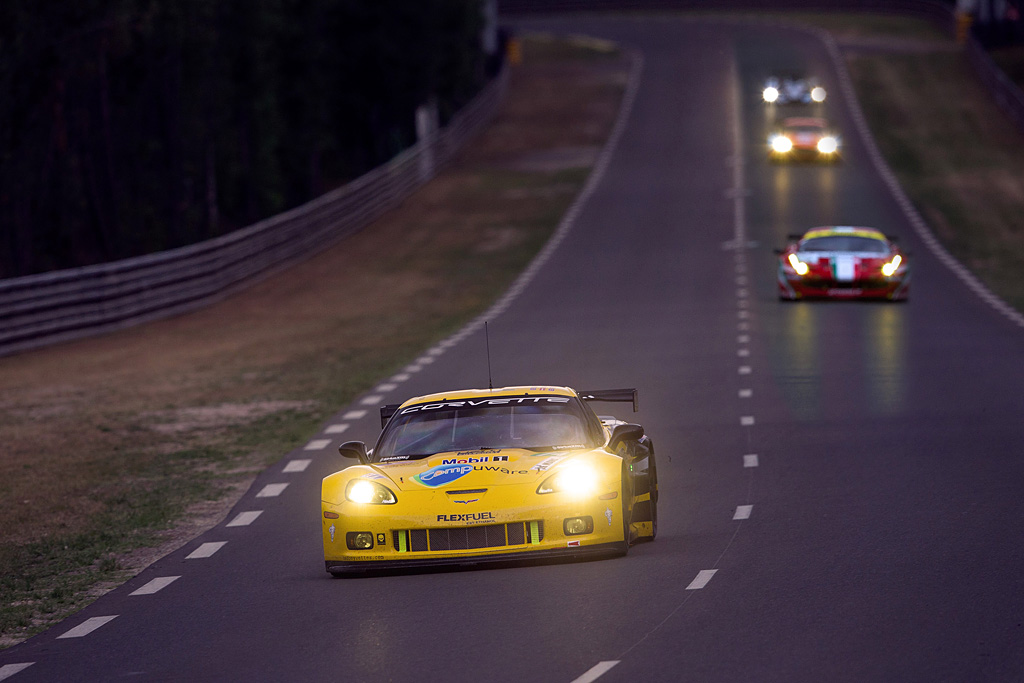
When you go to watch a race, you’re expecting to hear howling engines, some tuned to sound great from the Italians, while some are brutally simple and just take the path of least resistance for the exhaust, like Mercedes with the AMG GT3 championship car. Then, however, you come to the Americans out of Bowling Green, Kentucky, with a car that dominated the GT1 class at Le Mans in its maiden trip to Europe. The Corvette C6.Rs that took part in 2005 finished first and second in GT1, and fourth and fifth overall, beating some LMP2 prototype cars.
What brings this car to the list is the monster under the hood. A 7.0L LS7.R naturally aspirated V8 shoves nearly 600 HP to the rear wheels, and while doing so, has one of the most brutal exhaust notes heard around a race track. It sounds like a World War II Spitfire fighter plane, and it is reported that if you get seats closer to the trackside, you can actually feel the punch of the sound against your body. It is that loud and that brutal. But it is also one of the best sounding V8s ever to race, even if it only revved to about 6,500!





